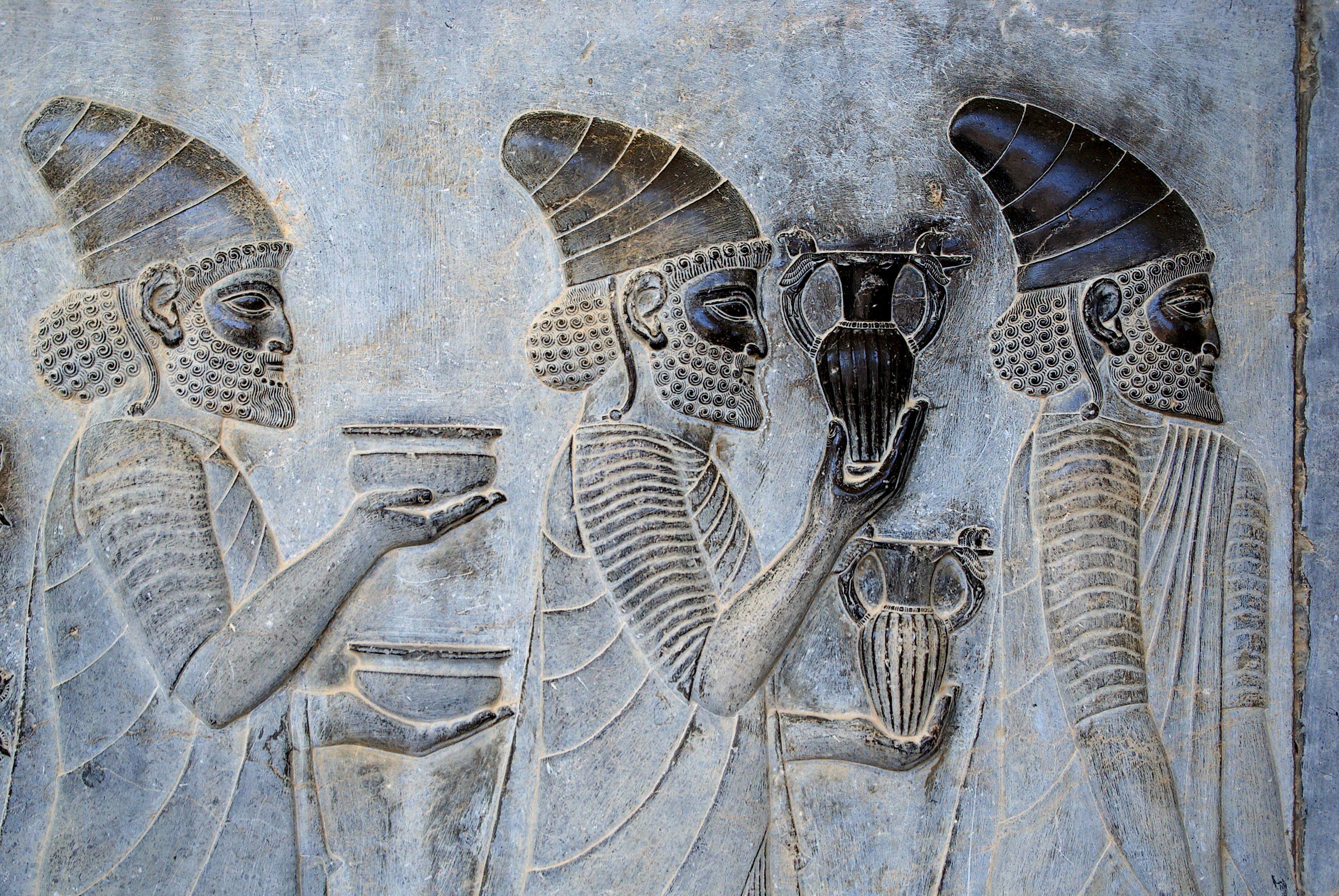Lydia developed after the decline of the Hittite Empire in the 12th century BC. In Hittite times, the name for the region had been Arzawa. According to Herodotus, Lydia was ruled by three dynasties from the second millennium BC to 546 BC. The first two dynasties are legendary and the third is historical.
According to Herodotus, the Lydians were the first people to use gold and silver coins and the first to establish retail shops in permanent locations. It is not known, however, whether Herodotus meant that the Lydians were the first to use coins of pure gold and pure silver or the first precious metal coins in general. Despite this ambiguity, this statement of Herodotus is one of the pieces of evidence most often cited on behalf of the argument that Lydians invented coinage, at least in the West, although though the first coins (under Alyattes I, reigned c.591–c.560 BC) were neither gold nor silver but an alloy of the two called electrum.
In 547 BC, the Lydian king Croesus besieged and captured the Persian city of Pteria in Cappadocia and enslaved its inhabitants. The Persian king Cyrus The Great marched with his army against the Lydians. The Battle of Pteria resulted in a stalemate, forcing the Lydians to retreat to their capital city of Sardis. Some months later the Persian and Lydian kings met at the Battle of Thymbra. Cyrus won and captured the capital city of Sardis by 546 BC. Lydia became a province (satrapy) of the Persian Empire.
The expression "rich as Croesus" refers to this king.
According to Herodotus, the Lydians were the first people to use gold and silver coins and the first to establish retail shops in permanent locations. It is not known, however, whether Herodotus meant that the Lydians were the first to use coins of pure gold and pure silver or the first precious metal coins in general. Despite this ambiguity, this statement of Herodotus is one of the pieces of evidence most often cited on behalf of the argument that Lydians invented coinage, at least in the West, although though the first coins (under Alyattes I, reigned c.591–c.560 BC) were neither gold nor silver but an alloy of the two called electrum.
In 547 BC, the Lydian king Croesus besieged and captured the Persian city of Pteria in Cappadocia and enslaved its inhabitants. The Persian king Cyrus The Great marched with his army against the Lydians. The Battle of Pteria resulted in a stalemate, forcing the Lydians to retreat to their capital city of Sardis. Some months later the Persian and Lydian kings met at the Battle of Thymbra. Cyrus won and captured the capital city of Sardis by 546 BC. Lydia became a province (satrapy) of the Persian Empire.
The expression "rich as Croesus" refers to this king.

(1)
Alyattes
.jpg)
Obverse: Head of roaring lion facing right, sun directly above, another orb (star?) in the ear, and a third in the mouth
Reverse: Two incuse punches
Diameter:
14 mm
Die Orientation: -
Weight: 4.68 g
Die Orientation: -
Weight: 4.68 g
Lydian Kingdom
10 punches, these are believed to have been to prove ownership when paying taxes, as this was a large sum of money, and the most common denomination, as compared to the thought that they were bankers marks to test that it isn't a plated fake
While the sun is clearly the sun, it used to be called a wart, however it seems no one mentions the other two orbs. I know nothing about astronomy but I think there's a high chance this is referencing some astronomical event.
10 punches, these are believed to have been to prove ownership when paying taxes, as this was a large sum of money, and the most common denomination, as compared to the thought that they were bankers marks to test that it isn't a plated fake
While the sun is clearly the sun, it used to be called a wart, however it seems no one mentions the other two orbs. I know nothing about astronomy but I think there's a high chance this is referencing some astronomical event.
Sear 3398
(2)
Croesus
.jpg)
An
AR
Half-Stater
|
Siglos
struck 561-546 BC
in
Sardis
Obverse: Confronted foreparts of a lion and a bull
Reverse: Two incuse square punches
Diameter:
16 mm
Die Orientation: -
Weight: 5.41 g
Die Orientation: -
Weight: 5.41 g
No notes for this coin
SNG von Aulock 2877
